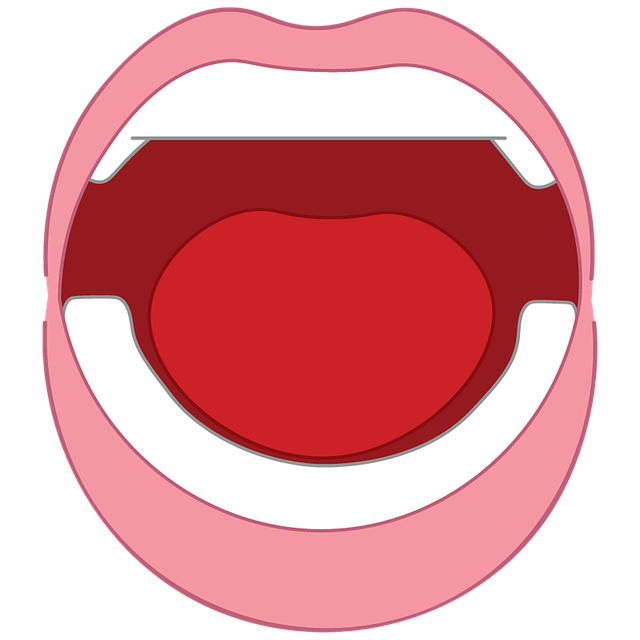Open mouth breathing can effect your child’s health, clarity of speech, and oral-structural development.
Oral-Structural Development
For closed-mouth breathers, our tongue rests up against our hard palate, which helps to maintain its flat shape. Open-mouth breathers’ tongues rest in the lower jaw. When the tongue does not rest on the hard palate, the palate tends to grow high and narrow, which could impinge on the nasal cavity.
Health
When we breathe through our mouths, we do not have as strong of natural air filters as we do in our nostrils. The main function of our tonsils is to trap bacteria and viruses; however, after a prolonged period of open-mouth breathing, our tonsils tend to get enlarged and swollen from being over-worked. Enlarged tonsils can affect breathing, which can lead to issues with sleep, speech, and behavior.
Speech Production
Children who are open-mouth breathers are more likely to have decreased muscle tone in the face. Weak facial muscles can severely impact speech production. Additionally, the tongue tends to rest in more of a forward position when it rests in the lower jaw, causing children to be more likely to produce different sounds with their tongues touching their teeth or in between their teeth, such as a lisp for an “s” sound.
Get a Free Online Assessment
Looking for an expert opinion on your child's needs? Fill out a 3 minute questionnaire and receive a personal evaluation from our staff




